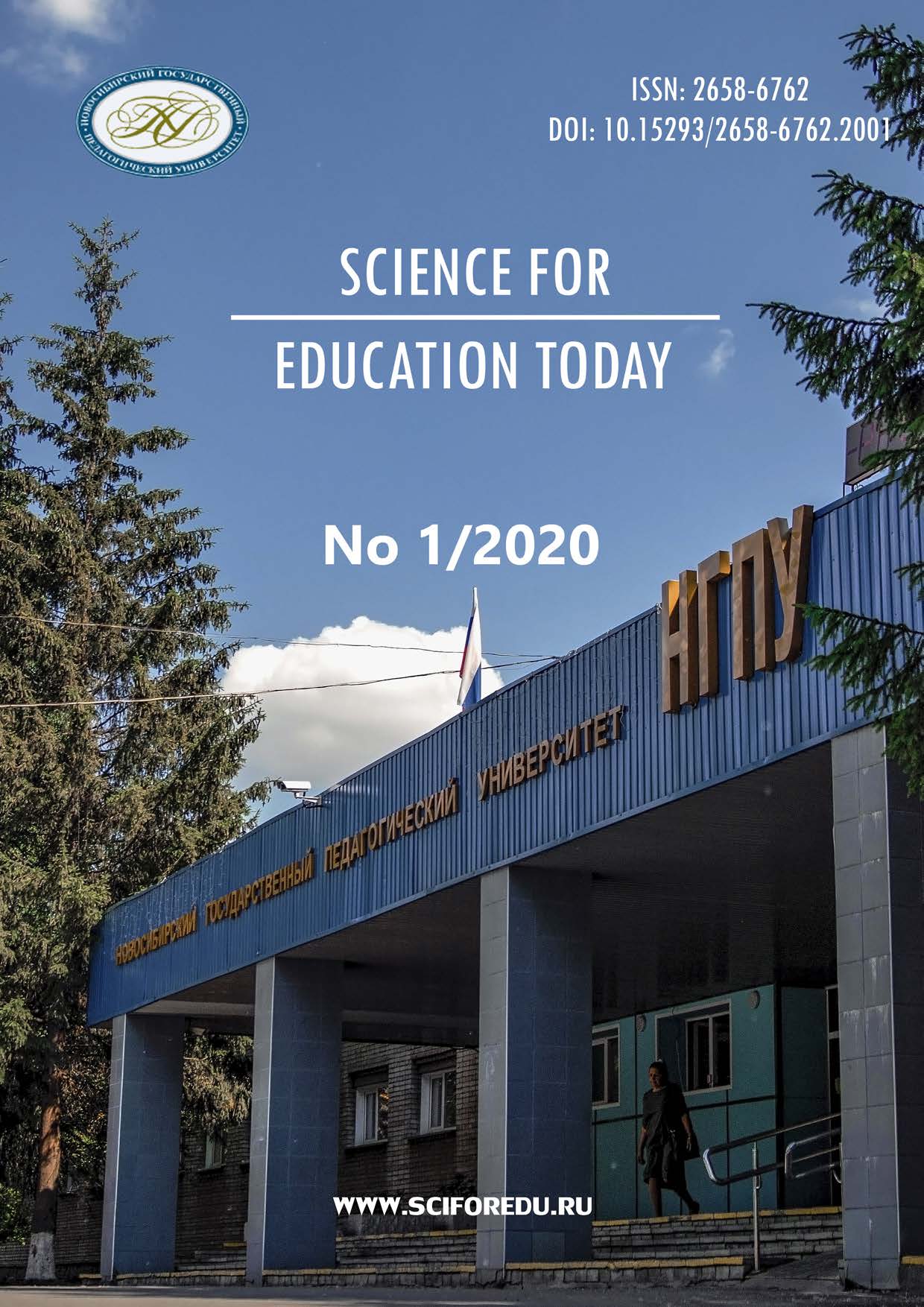Взаимосвязь типа направленности личности подростка с особенностями его социальной активности
The relationship between the type of adolescents’ individual personality orientation and characteristics of their social engagement
Author(s): Tatyana Genad`evna Ptashko, Elena Gennadyevna Chernikova, Artem Evgenevich Perebeynos, Nadezhda Anatolyevna Sokolova, Nadezhda Valeryevna SivrikovaSubject(s): Individual Psychology, Social development
Published by: Новосибирский государственный педагогический университет
Keywords: Adolescent; Personality orientation; Type of orientation; Social engagement; Adolescent rights; Egocentric orientation; Interaction orientation;
Summary/Abstract: The article focuses on social involvement of adolescents. The purpose of the study is to specify the relationship between the type of adolescents’ personality orientation and characteristics of their social engagement. Materials and Methods. The research adopts a structural approach to personality studies, reviewing and analysis of scholarly literature. Various types of surveys were used to collect empirical data. In order to study social engagement of adolescents, the authors employed E. G. Chernikova’s questionnaire, containing blocks aimed at identifying their attitude to significant problems of modern society and civil rights. ‘Measuring the interactive orientation of the personality questionnaire’ designed by N. E. Shchurkova and modified by of N. P. Fetiskin was used to identify types of personality orientation. Mathematical data processing was performed using the Mann-Whitney U test. The sample consisted of 192 adolescents of 8th-9th grades. Results. The study found that most adolescents did not develop any particular type of personality orientation. Only the trends towards formation of personality orientation were revealed. The study identified neither high nor medium levels of types of personality orientation. The findings showed a relatively higher average value for orientation toward interaction and cooperation, on the other hand, an egocentric orientation was expressed less than other types. When studying the social position of adolescents, it was found that they considered the problems of peace and cooperation with other countries as the most important. Moreover, the participants emphasized the importance of such civil rights as rights to life, education, housing and health protection. They expressed their desire to have prosperous happy families, beloved professions, friends and material wealth. The research findings showed links between the intensity of various types of orientation and certain aspects of adolescents’ social engagement. For instance, a correlation was found between a higher level of egocentric orientation and valuing the issues of international cooperation and nature conservation, right to protect life and health, and high material well-being. A higher level of focus on interaction was associated with an interest in society, respect for civil rights, a desire to have pets and a high financial well-being. A higher level of marginal orientation turned out to be higher among adolescents who wanted to have a stable economic and political situation in the country, they showed interest in protecting their rights, and wish to have high material well-being. Conclusions. The research revealed the relationship between the type of personality orientation and manifestations of activity in relation to society, personal desires and rights. Based on the results obtained, a conclusion is drawn on the specifics of how the type of personality orientation (personal, social, marginal) influences adolescents’ social engagement.
Journal: Science for Education Today
- Issue Year: 10/2020
- Issue No: 1
- Page Range: 79-96
- Page Count: 18
- Language: Russian

